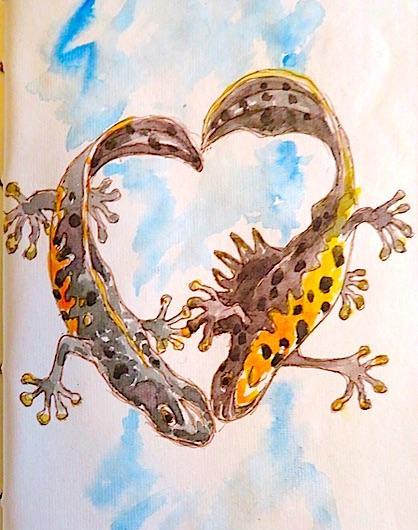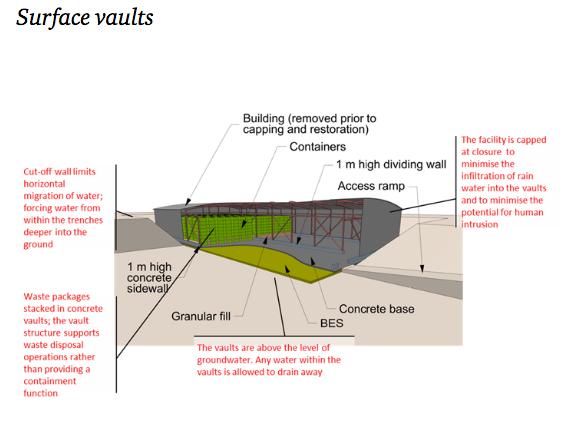
2 minute read
Impact on Wildlife
from Nuclear Waste's Shifting Sands on the Lakeland Fringe
by Lakes Against Nuclear Dump - a Radiation Free Lakeland campaign
Up until 1958 thousands of black headed gulls eggs from the Drigg and Ravenglass gullery were harvested at a time in basketfuls and sold in London. The black headed gull is now on the amber list. The collapse in the mid 1980s of the largest black-headed gull breeding colony in Europe on the Drigg dunes has never been satisfactorily explained. The official explanation is that a fox did it: “the concentrations of radionuclides in the foods, body tissues and general environment were at least three orders of magnitude too low to have had any effect. The more likely cause of the desertion of the gullery was the combination of an uncontrolled fox population, the severest outbreak of myxomatosis amongst the rabbits since 1954 and the driest May–July period on record, all in the same year (1984).
As the artist project “Re Drift” poignantly notes "The Old Warden’s Hut sits amongst the dunes at Drigg. Now abandoned, the hut is defunct of its original use since the change in populations of bird colonies on the reserve.
Advertisement
The 1990 book "Living in the Shadow" by Jean McSorely notes that the Warden of the Eskmeals Bird Reserve, was concerned that there might be a link between Sellafield’s nuclear wastes and the decline of the black headed gull colony, also noted was that “Oyster-catcher chicks reared by hand by Tony Warburton, from eggs taken off the dunes, showed genetic deformities in their capacity to respond to simple signals. ” This anecdotal finding of cognitive damage has been repeatedly confirmed by scientists including in The 2011 paper "Chernobyl birds have smaller brains” by Anders Pape Møller , Andea Bonisoli-Alquati, Geir Rudolfsen, and Timothy A Mousseau who found that "Low dose radiation can have significant effects on normal brain development of birds as reflected by brain size and therefore potentially cognitive ability" .
Other wildlife directly impacted upon by the LLWR are the previously mentioned Natterjack Toad and Great Crested Newt, even these rare and “protected" creatures are trampled underfoot when it comes to the Holy Grail of where to dump nuclear wastes.
“Have a Heart” - Great Crested Newts
WHAT WOULD NEAR SURFACE DISPOSAL OF INTERMEDIATE LEVEL NUCLEAR WASTES LOOK LIKE?
From a 2016 report prepared by R. Wilmot, S. Doudou, J. Kent, F. Neall and S. Wickham 15 July 2016 commissioned by Radioactive Waste Management Ltd (RWM Purchase Order RWM005723L) we can see the scenarios envisioned for Intermediate Level Waste at Drigg’s Low Level Waste Repository
The scenarios are described thus: (1) surface mounds above the water table; (2) trench at (a) shallow depth or (b) deeper and accessed via a ramp; (3) silo or shaft operated from the surface; (4) silo operated from underground, sited below land or beneath the sea; (5) vault at a few tens of metres depth, sited below land or beneath the sea; (6) GDF-like concept implemented between 100 and 300 m, sited below land or beneath the sea.
The following images are from the NDA’s 2020 Position Paper for Near Surface Disposal of Intermediate Level Nuclear Waste






